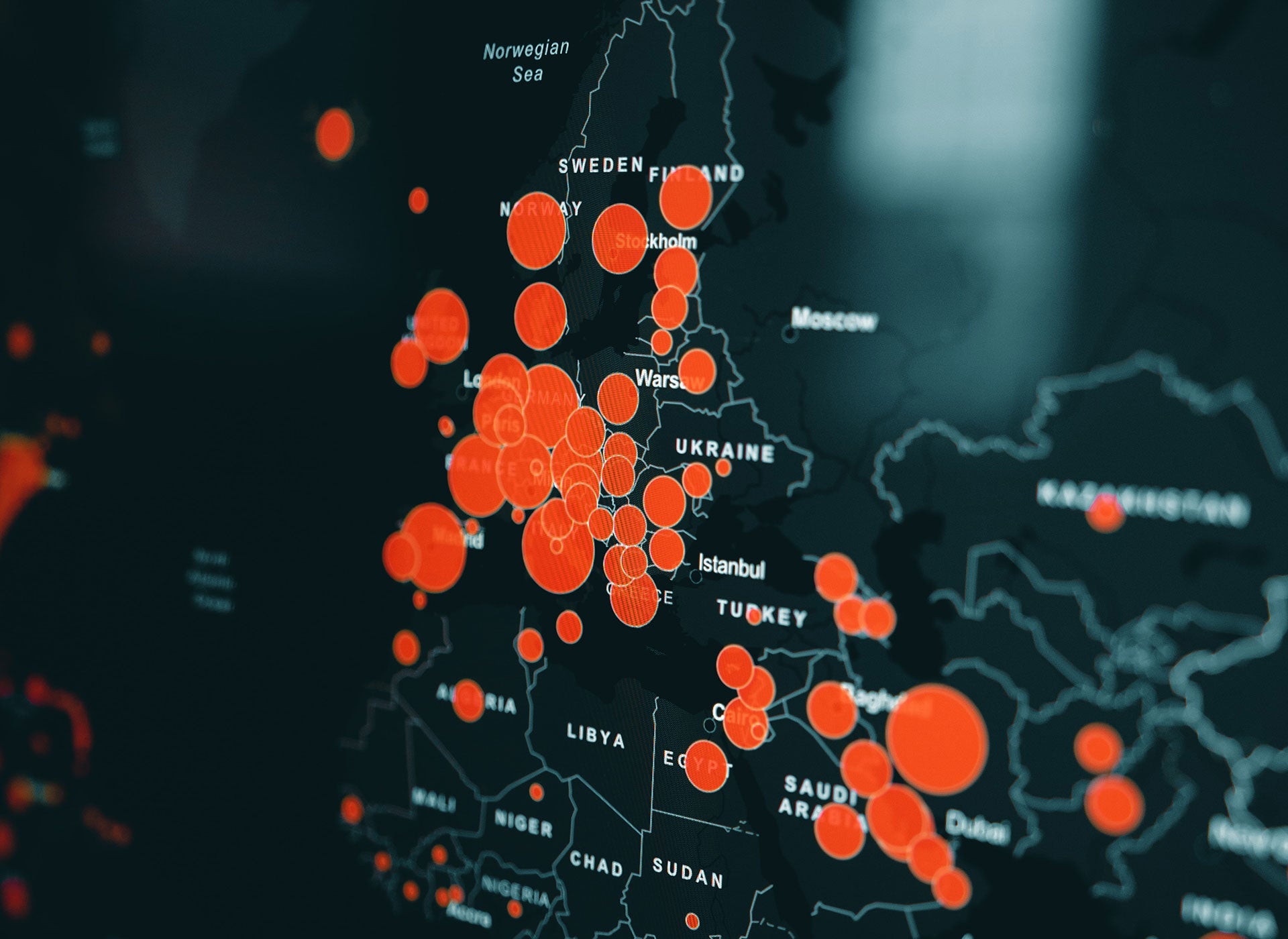
The Covid-19 lockdown has been going on for a while and industries should be using this time to make plans. People and companies are beginning to feel as if the worst has passed, with the relaxation of some restrictions and reopening of some businesses.
Whether or not there will be a second wave of Covid-19 infections and another general quarantine is best left to scientists. IT professionals, on the other hand, should plan as if there will be. There should be a plan for a second wave of the virus. Plan for it to be more severe than the first and last longer but also with unforeseen complications.
Disaster plans need to be updated
The very idea is unpleasant and disheartening to contemplate. But as it has been said preparation is the key to success, and preparing for the worse while expecting the best is the prescription IT professionals should follow. Not only should business continuity and disaster plans be updated, they should include more extreme examples.
For instance, do the BC/DR plans include what to do in the event of the loss of vendor support? What if your support contracts cannot be fulfilled? What if spares are not available and parts are not available? What if communications are disrupted, becoming intermittent or significantly degraded?
Can your offices, facilities and factories work without a connection to the cloud? Does your mission-critical enterprise-grade software require a validation with a cloud-based license server to operate? Can your generator setup run your data center for weeks or months, not just days?
Plans need to go beyond the cloud
None of this is any fun to contemplate and is not intended to be a criticism of cloud-based software. In most developed countries there has been peace and security for so long that the loss of utilities such as electricity, water, and network connectivity, and severe supply chain disruption reads like dystopian fiction. But if the scramble to enable work from home for a large workforce was a trial, the loss of basic services is exponentially worse. History provides innumerable examples of utility loss including water and power. Venezuela power outages in 2019 or the Hurricane Katrina disaster are just a few. We can learn from these tragedies and put together a plan to cope.
How well do you really know your competitors?
Access the most comprehensive Company Profiles on the market, powered by GlobalData. Save hours of research. Gain competitive edge.

Thank you!
Your download email will arrive shortly
Not ready to buy yet? Download a free sample
We are confident about the unique quality of our Company Profiles. However, we want you to make the most beneficial decision for your business, so we offer a free sample that you can download by submitting the below form
By GlobalDataPlanning can avoid panic
It’s not pleasant to stare into the abyss of what if. But it’s preferable to the deep panic that lack of preparation can cause. Take a deep breath, huddle with your team and plan for the worst. It’s part of the job and it needs to be done now, not when things “calm down”. Think outside of the box. What resources in the event of a significant loss of utilities can be used, including cooperation with other local businesses, local governments, and charitable organizations.
Mutual support should be the byword, with competitive considerations set aside. How the company can support employees and their families should be taken into consideration as well. This sounds like a lot, and it is. But we just have to all pull together and do it. Roll up your sleeves and hope that this work is never used.







